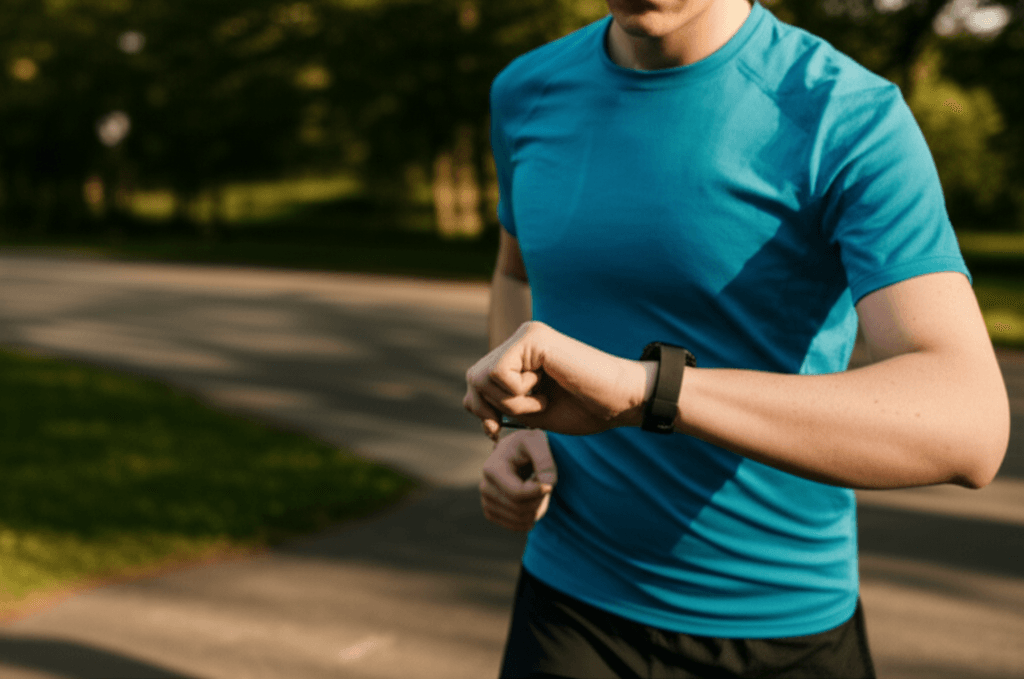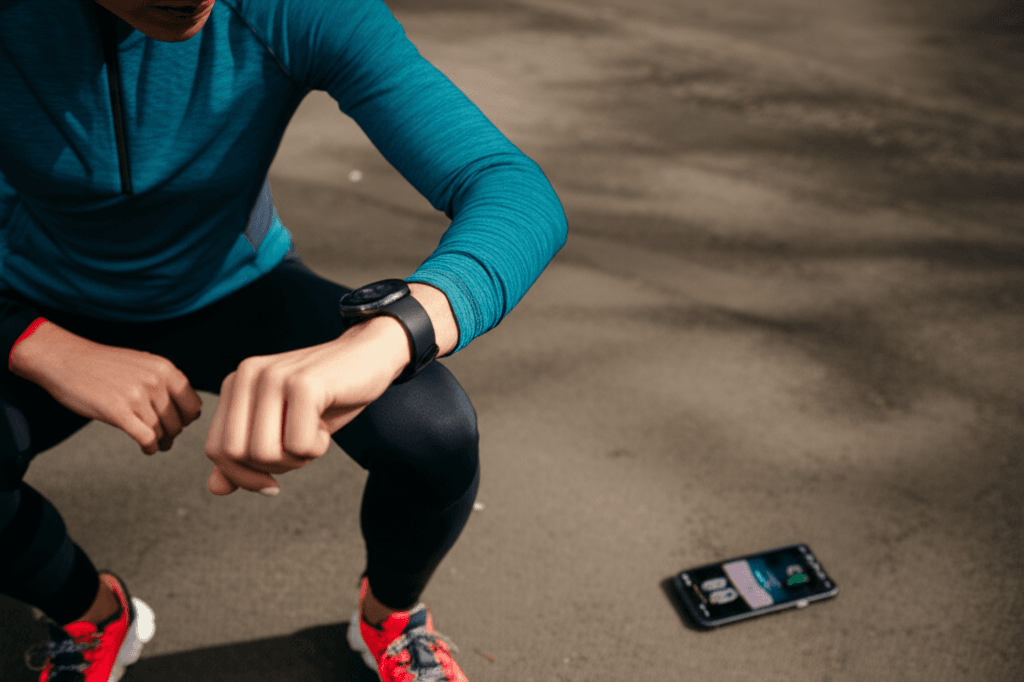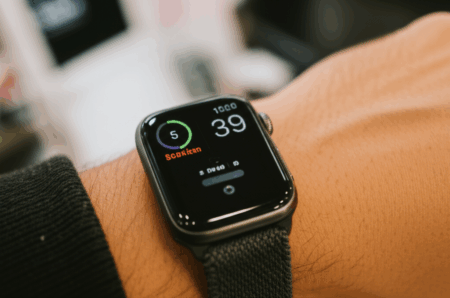Runners worldwide are bracing for potential disruptions to their meticulously tracked training data as synchronization issues between fitness watches and companion apps become increasingly prevalent. This problem, ranging from minor inconveniences to complete data loss, threatens to undermine the efforts of athletes who rely on these platforms for performance analysis, progress tracking, and social engagement.
The issue highlights a growing tension between device manufacturers and third-party fitness applications, with recent developments, such as the lawsuit between Strava and Garmin, bringing these conflicts to the forefront.

The Rising Tide of Syncing Snafus for Runners
For many runners, their fitness watch and accompanying app are indispensable tools. These systems record everything from pace and distance to heart rate and elevation, providing a comprehensive overview of each workout. However, when these two critical components fail to communicate seamlessly, the impact can be significant. Runners are reporting missing activities, inaccurate data transfers, and complete inability to upload workouts, leading to frustration and a loss of valuable training insights.
Anecdotal evidence from online forums and social media suggests a widespread problem, with users lamenting the difficulty of maintaining a consistent and accurate record of their athletic endeavors. The timing is particularly inconvenient for many, as fall race season is currently at its peak, with major events like the Chicago and New York City Marathons approaching.

Common Causes Behind Syncing Headaches
Several factors contribute to the erratic behavior of fitness watch and app synchronization:
Bluetooth Connectivity Issues
Bluetooth is the primary communication channel between most smartwatches and smartphones. Problems can arise from weak or interrupted signals, interference from other Bluetooth devices, or outdated Bluetooth drivers on the smartphone. If devices are too far apart (more than 10 meters) or walls interfere, connections can drop.
Outdated Software and Firmware
Both the fitness app on the phone and the firmware on the smartwatch require regular updates. Outdated versions can lead to compatibility issues and bugs that prevent proper data transfer.
App-Specific Glitches and Permissions
Fitness applications themselves can suffer from errors and malfunctions. Additionally, apps require specific permissions—such as access to location services, motion and fitness data, and the ability to run in the background—to function correctly. If these permissions are revoked or not granted, syncing can fail. Battery optimization settings on smartphones can also restrict background app activity, hindering continuous tracking and syncing.
Network Connectivity
While data often transfers via Bluetooth locally, many apps rely on a stable internet connection to upload data to the cloud. A weak Wi-Fi or mobile data connection can delay or block this crucial step.
Device Pairing Conflicts
A fitness tracker typically connects to one phone at a time. Issues can arise if a device has been paired with multiple phones or if there are conflicts from using multiple fitness apps simultaneously.
Ecosystem Discrepancies and API Access
A significant underlying challenge is the lack of common compatibility standards across the fragmented fitness technology landscape. Device makers often prioritize building closed ecosystems, making seamless cross-platform data connections difficult. This is exemplified by the recent lawsuit where Strava alleges that Garmin has threatened to cut off access to its software interface, which could prevent Garmin activities from being uploaded to Strava if Strava doesn’t comply with new developer guidelines.

Impact on the Running Community
For runners, a breakdown in the watch-app relationship can be deeply frustrating. The inability to track progress accurately can demotivate, and the loss of data from a personal best or a long-anticipated race can feel like the effort was wasted. “If it’s not on Strava, it didn’t happen,” is a common sentiment among athletes, highlighting the importance of these digital records.

Troubleshooting and Preventive Measures
While some issues stem from broader industry conflicts, many common syncing problems can be resolved with straightforward troubleshooting steps:
Basic Checks and Restarts
- Ensure Bluetooth is On: Verify Bluetooth is enabled on both your smartphone and smartwatch.
- Restart Devices: A simple restart of both your watch and phone can often clear temporary glitches.
- Keep Devices Close: Maintain a close proximity (within 10 meters) between your watch and phone to ensure a strong Bluetooth signal.
Software and App Management
- Update Everything: Regularly update your smartwatch’s firmware and all relevant fitness apps to their latest versions.
- Check App Permissions: Confirm that the fitness app has all necessary permissions enabled, including location services, motion and fitness access, and background app refresh.
- Disable Battery Optimization: Ensure that power-saving modes or battery optimization settings are not restricting the app’s background activity.
- Reinstall App: If problems persist, try uninstalling and reinstalling the fitness app to fix corrupted files or settings. Remember to clear the app’s data and cache.
- Re-pair Devices: Unpairing and re-pairing your watch and phone can establish a fresh connection. For Apple Watch users, unpairing and erasing the watch before setting it up again can be a solution.
Account and Internet Connectivity
- Stable Internet Connection: Ensure a strong and stable internet connection (Wi-Fi or mobile data) when syncing, as apps often upload data to the cloud.
- Account Verification: Double-check login credentials and ensure that you haven’t inadvertently connected multiple accounts from the same watch brand to a third-party app like Strava, which can cause syncing conflicts.
If issues continue after these steps, contacting the app’s or device manufacturer’s customer support with detailed information about your devices and software versions is recommended.







